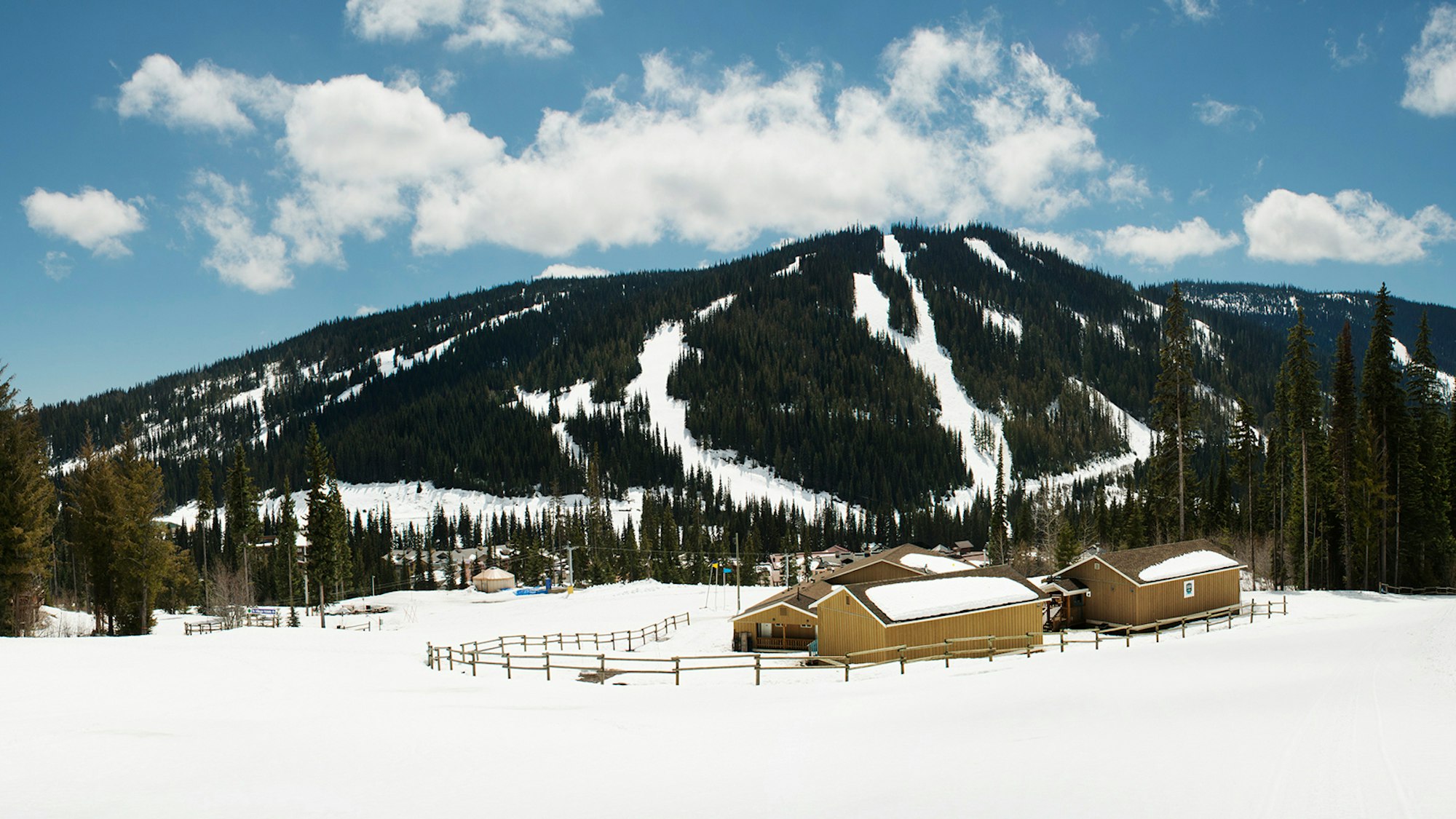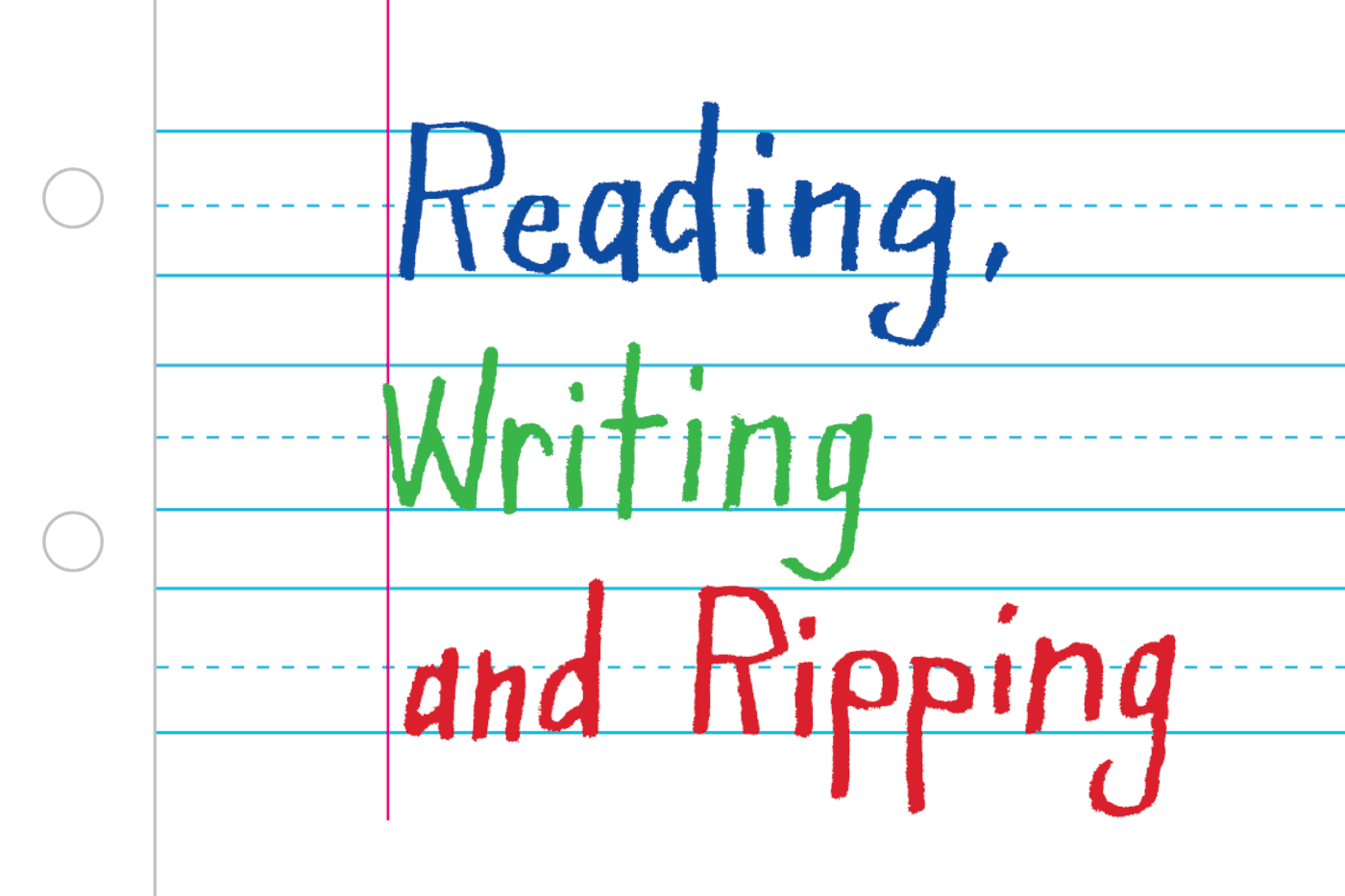
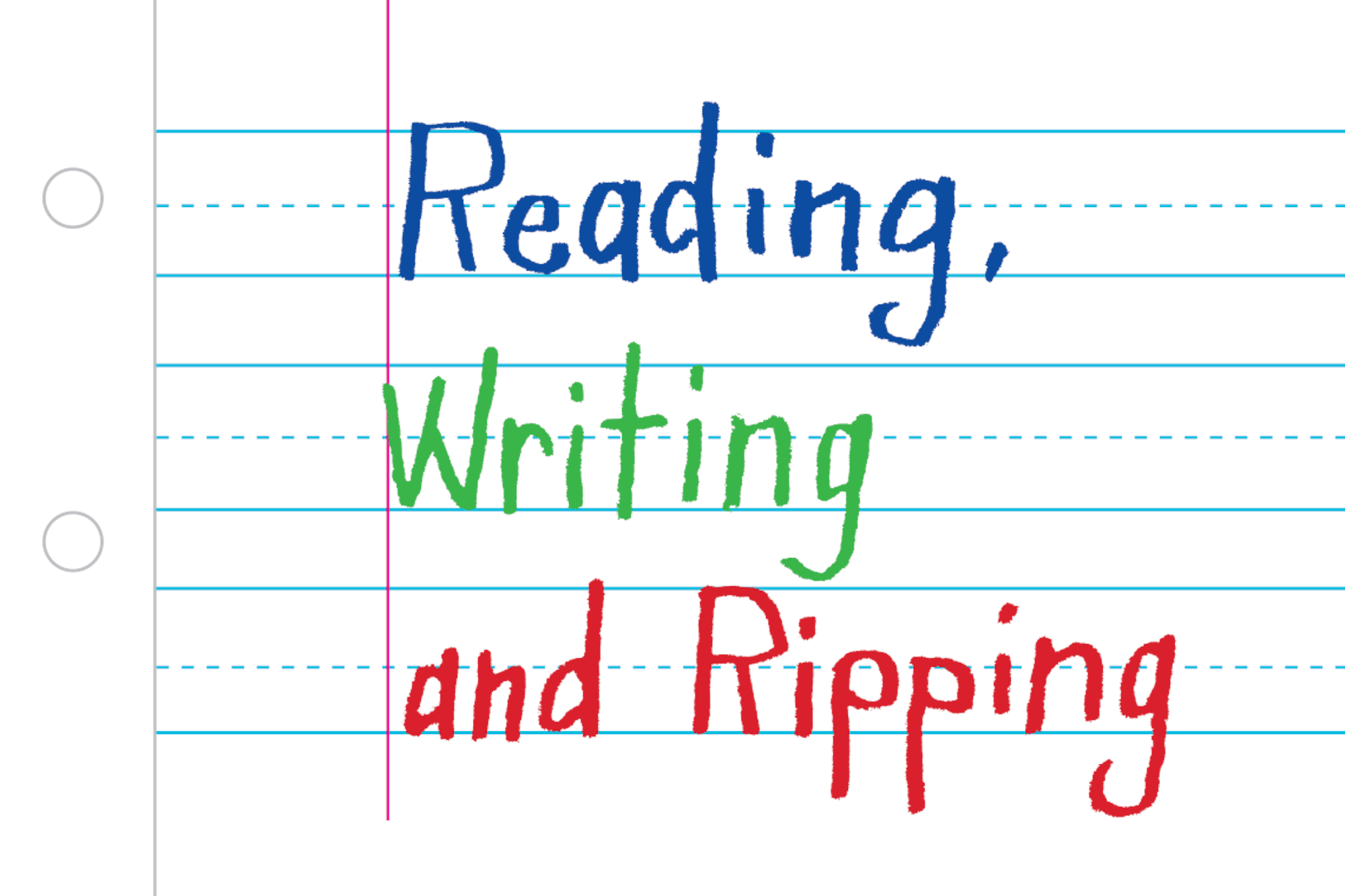
Words • Paddy O’Connell | Photos • Zuzy Rocka
Leilani Ortner has been skiing for almost half her life now. Her mother, Maria Davis, noticed her astonishing talent at a very young age. Leilani has always had a natural ability for the sport, a passionate desire to push her skills and a betcha-I-can-do-that attitude. Just a few years out of diapers, Leilani was already speeding away from her mother on the slopes, zigging and zagging between trees, and working on edge control and aerial acrobatics. Last season at her home mountain, British Columbia’s Sun Peaks Resort, Leilani enjoyed grin-inducing shoulder deep powder snow all winter long. That is, until her accident.
During a mellow run on an all-time powder day, Leilani fell and felt a pop and severe pain in her knee. She tore her MCL. Her season was finished. Powder skiing and working on new tricks were replaced with a knee brace, doctor visits and physical therapy. But she kept in high spirits by drawing princesses and playing with her Legos. Because Legos are awesome and Leilani Ortner is 6-and-a-half years old.
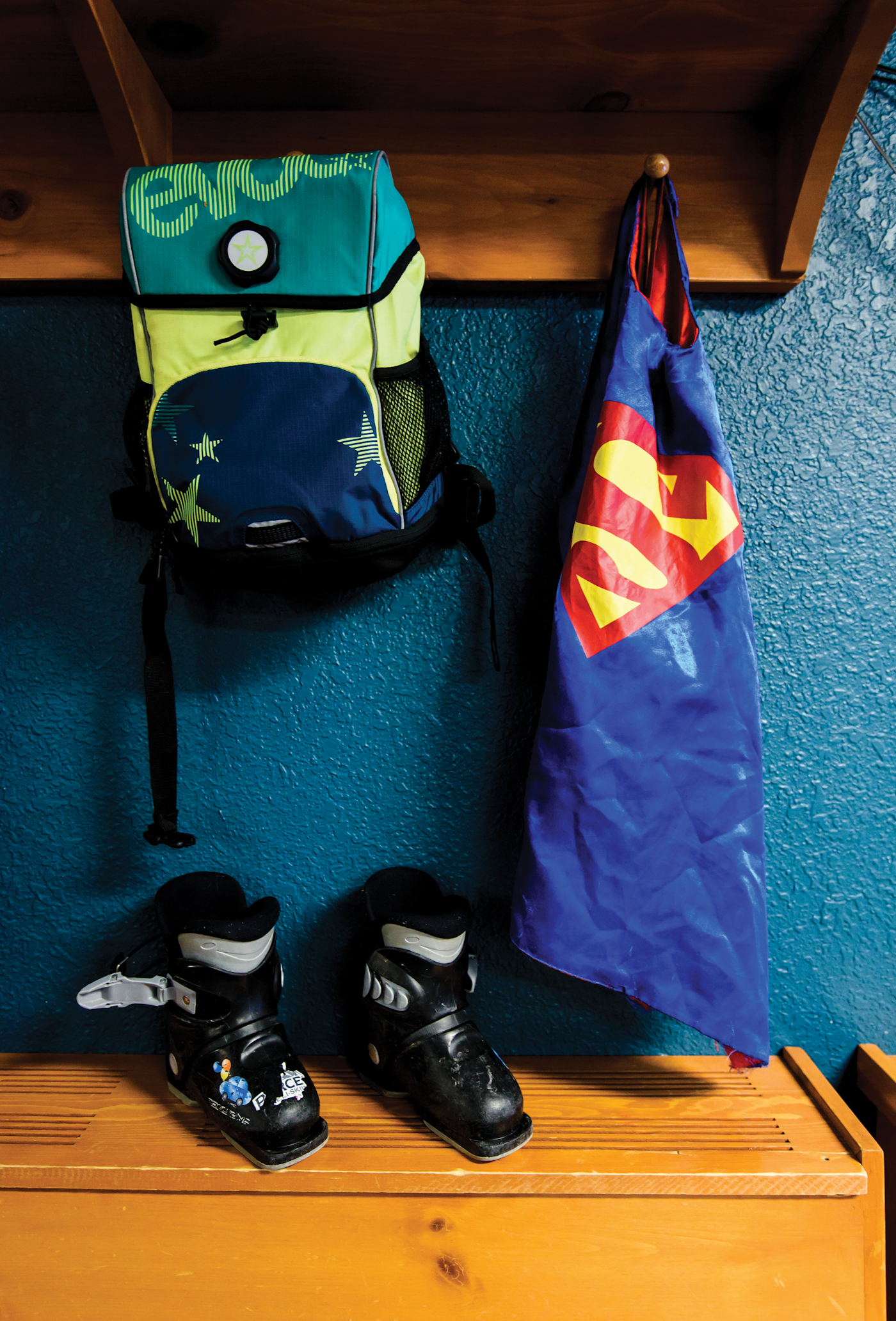
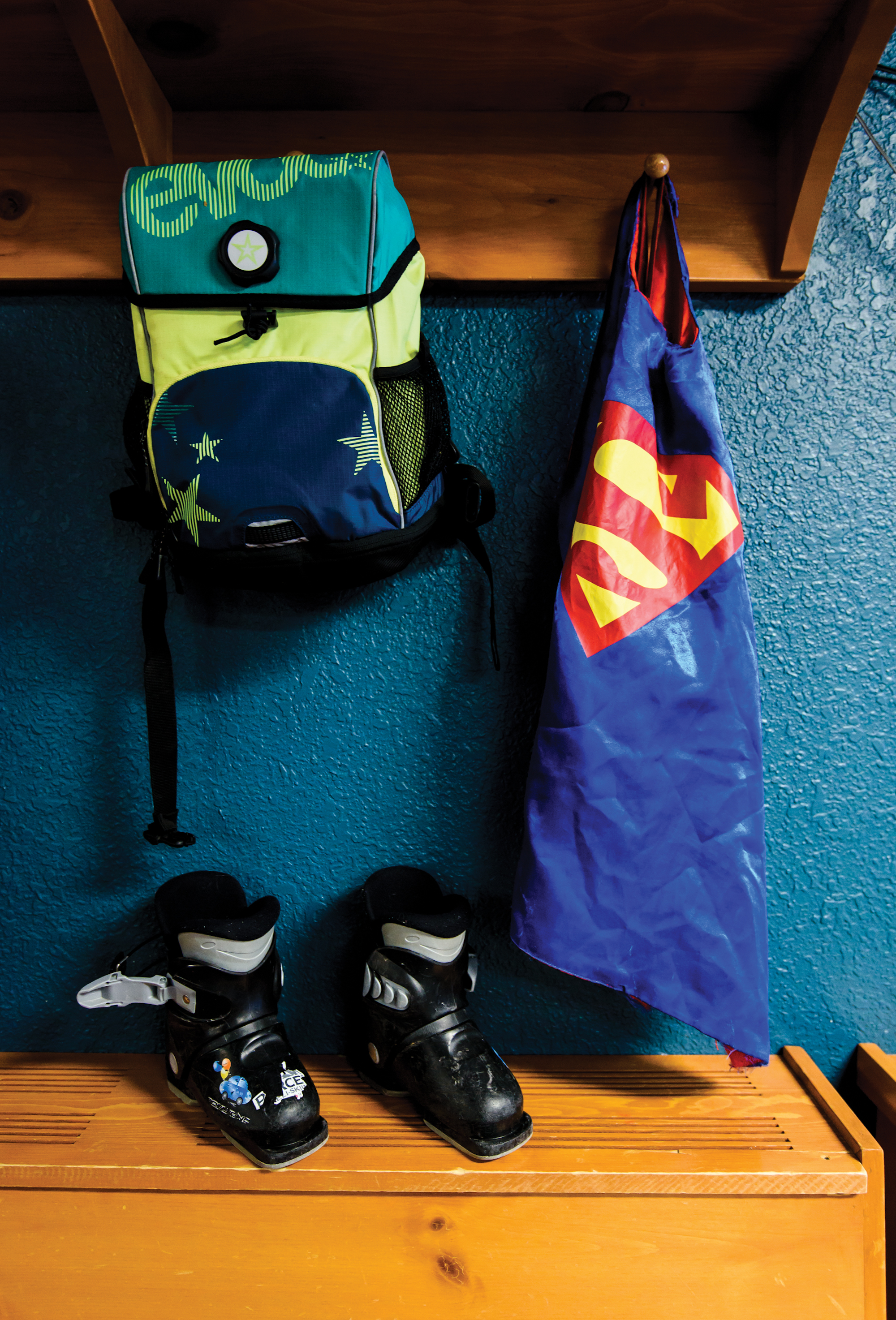
Essentials for a day at Sun Peaks Elementary. Photo by Bruno Long.
The Ortner Family recently moved to Sun Peaks from Kamloops, BC, about an hour to the southwest. Snow melts off my ski boots and on to the kitchen floor of their home. I am sitting at their dining table, eating an after-school homemade chocolate and oatmeal ball and chatting about the town with Maria and Leilani. Maria tells me that although better-known BC ski resorts like Whistler Blackcomb, Fernie, Kicking Horse and Revelstoke overshadow their community, Sun Peaks has big things to boast about. The ski resort is the second largest in all of Canada. Its three mountains—Morrisey, Sundance and Tod—swell to a seemingly never-ending 4,270 skiable acres with nearly 3,000 vertical feet on 135 trails. Quite literally, everywhere I look is in-bounds terrain just waiting to be skied.
Sun Peaks’ longest run, the aptly named 5 Mile, is in fact 5 miles of thigh burning, carveable groomers. Leilani pops another choco treat into her mouth and tells me she likes hanging out at the “top of the world” with the snow monsters before she shreds 5 Mile. Before her injury, she was working her way up to the hike-to terrain of Gil’s Zone, a series of rolling benches with super fun glades, rock drops and wide-open swaths of deep white. Sun Peaks’ 237 inches of annual featherlight blower is best served here and Leilani loves skiing pow because “it’s really, really fun.”
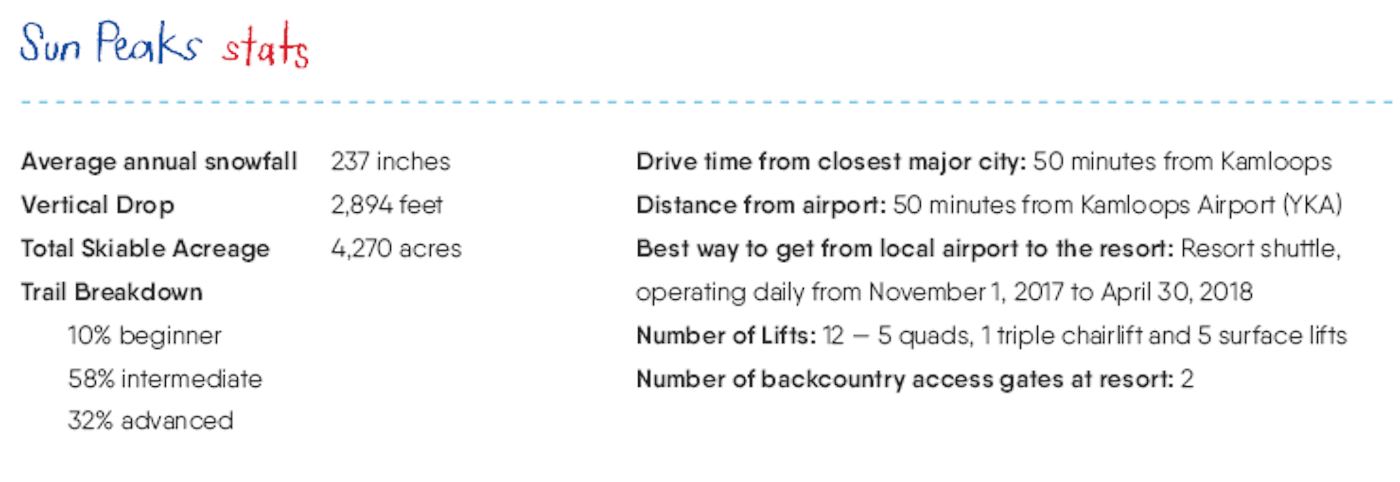
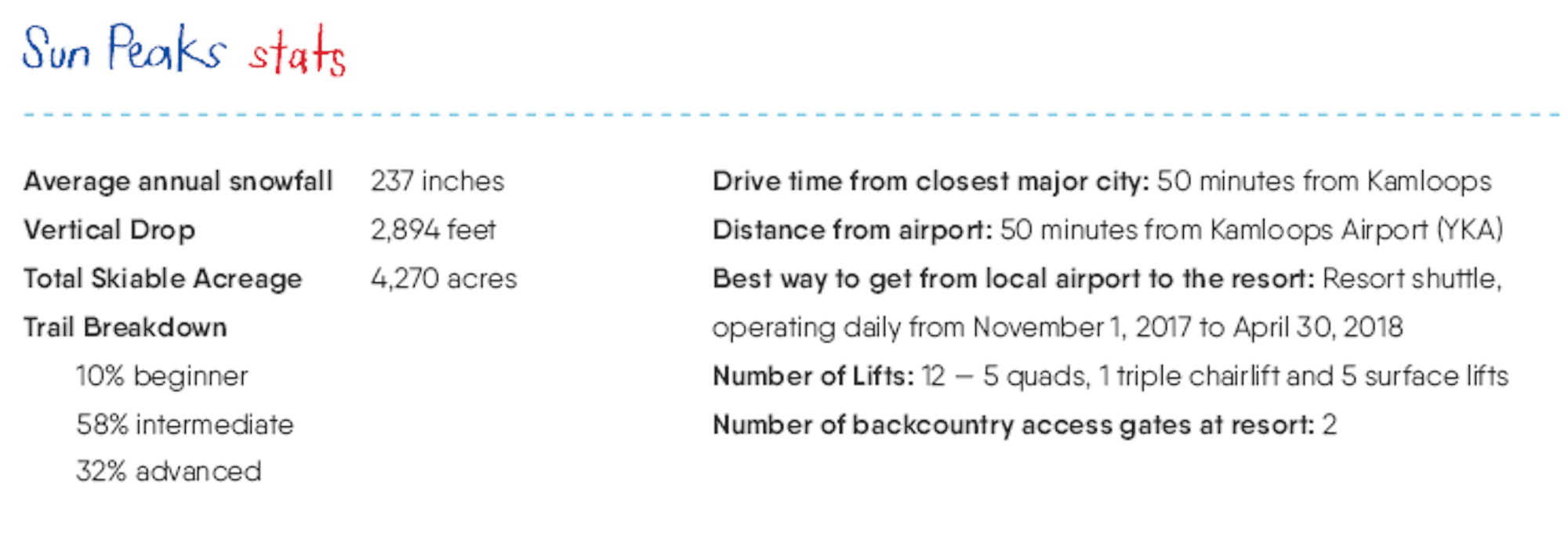


Maria ski bummed at Sun Peaks “a million years ago,” she tells me. “I was in my partying years, and now I’m back as a mom.” It has changed a lot since then but two things remain the same, the thriving supportive community and the magnetic allure of the mountains. The resort’s terrain is not the steepest nor the most technical. But it is what scientists would describe as super flippin’ fun. Blizzards often arrive out of nowhere here. Right before my arrival, 2 feet of snow fell. Deep, creamy turns and face shots ain’t such a bad way to spend a few days up north.
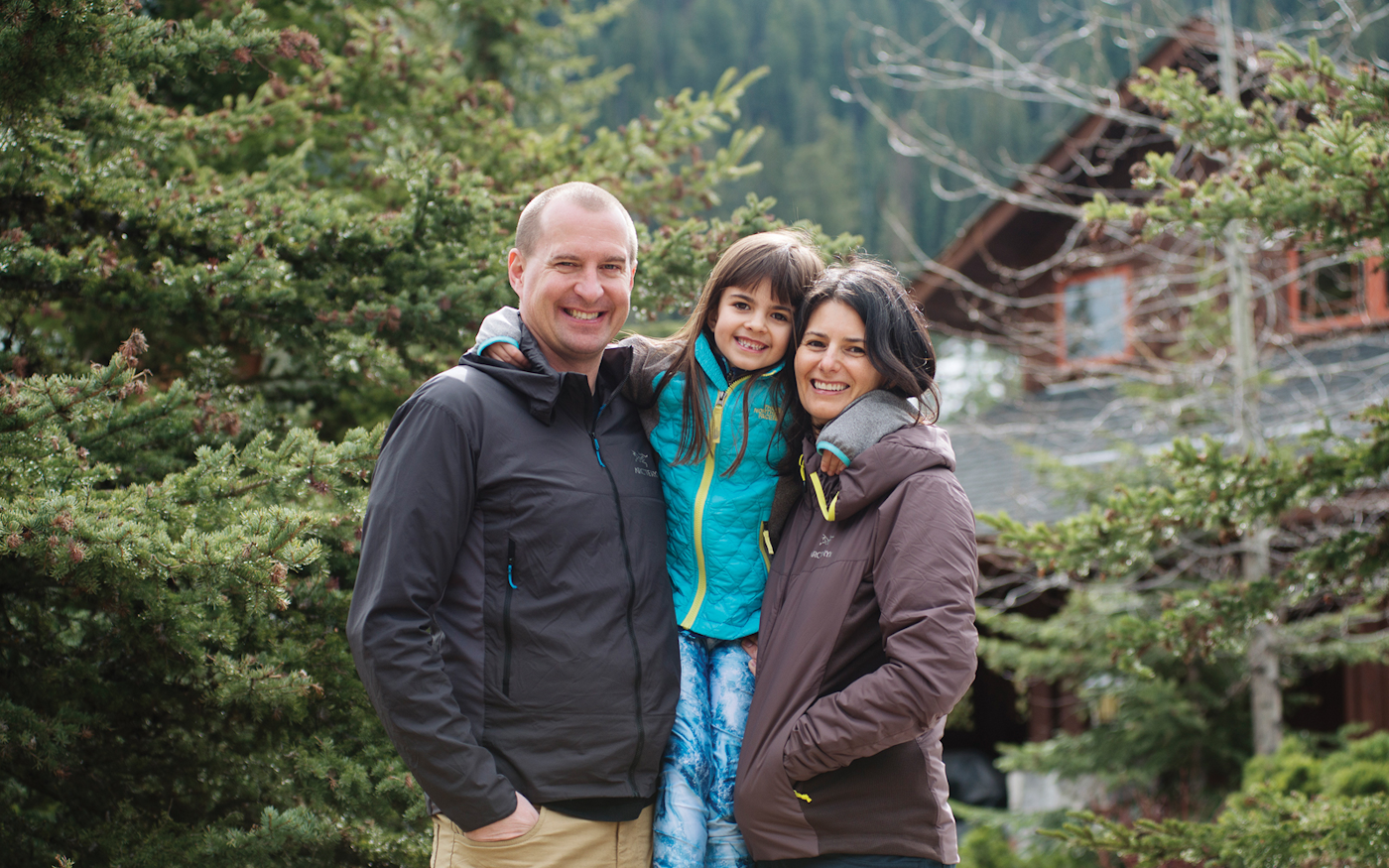
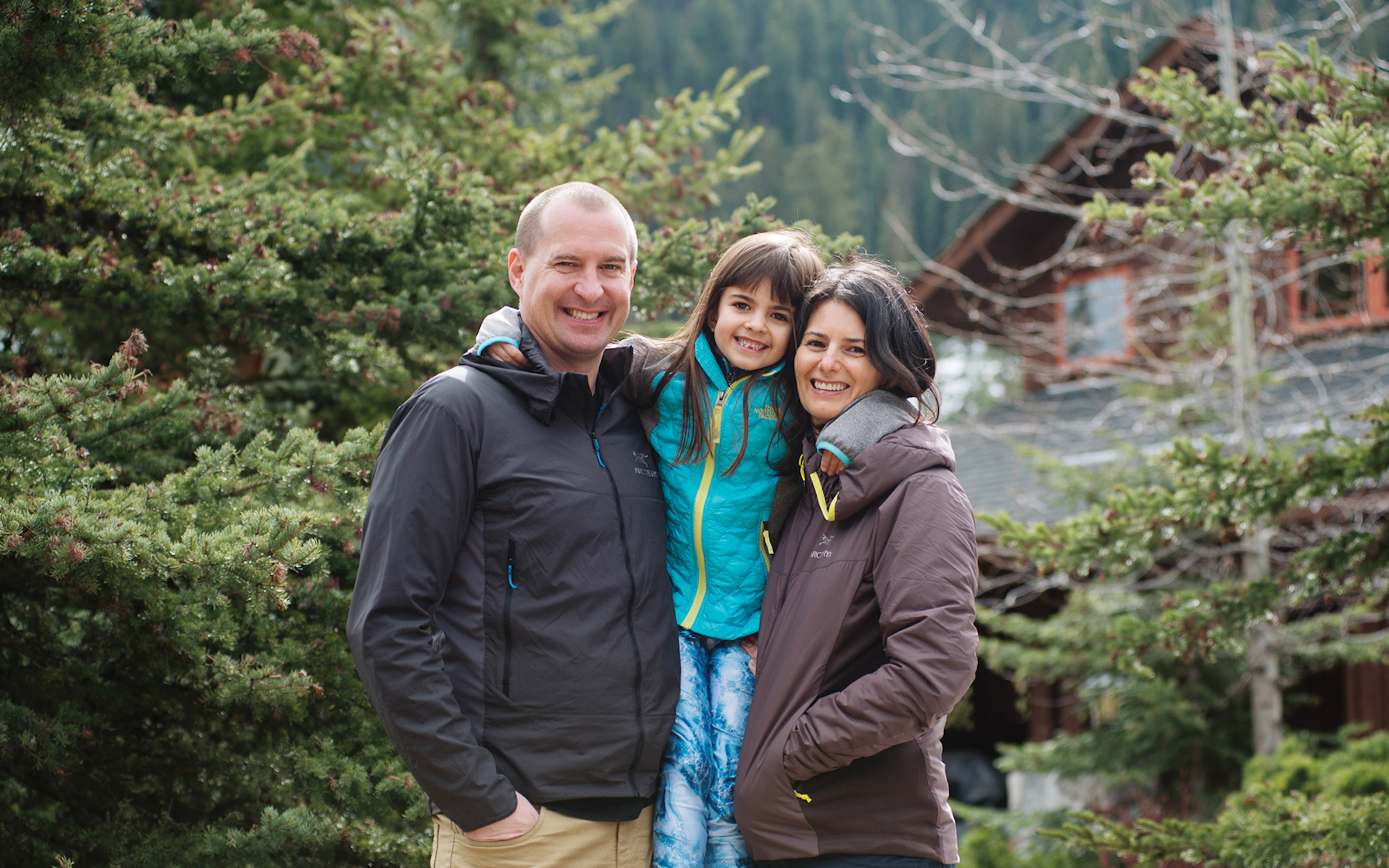
“It’s happiness. That’s the long term effect of this town, this school.” The Ortner Family: Elias Ortner, Leilani Ortner and Maria Davis.
But what is most noteworthy about this sleeper ski resort is its ski-in and ski-out elementary school and the community that created it. In the spring of 2009, the local school district informed the Sun Peaks community that, due to budget cuts, they were shuttering their elementary school. Children would have to attend school in Kamloops, and therefore spend around two hours on a bus, every day. Staring down the barrel of two dreadful choices—relocate from their idyllic mountain town to Kamloops or relegate their children to 10 or more hours of commuting every week—the families of Sun Peaks did what any group of rational thinking adults would do. They decided to create and open their own school. And they did it in four months.
Katja Roberts, Yolanda Dye and I sit down at Bolacco Café at the base of the resort. They’re self-described Sun Peaks Elementary moms, affable and like every Canadian I’ve ever met, incredibly nice. Over coffee and pastries, they beam as they describe the history and triumph of the school. When the community was faced with this challenge it called upon the same ski bum ingenuity needed when equipment fails in the backcountry. Everyone reached into their supplies and came together to help. “No one knew what to do but we knew we had to figure it out,” Katja tells me. “Ya know, there’s no manual on how to open a school. Everyone, the entire community, chipped in. And they got it open by September. It’s amazing.”
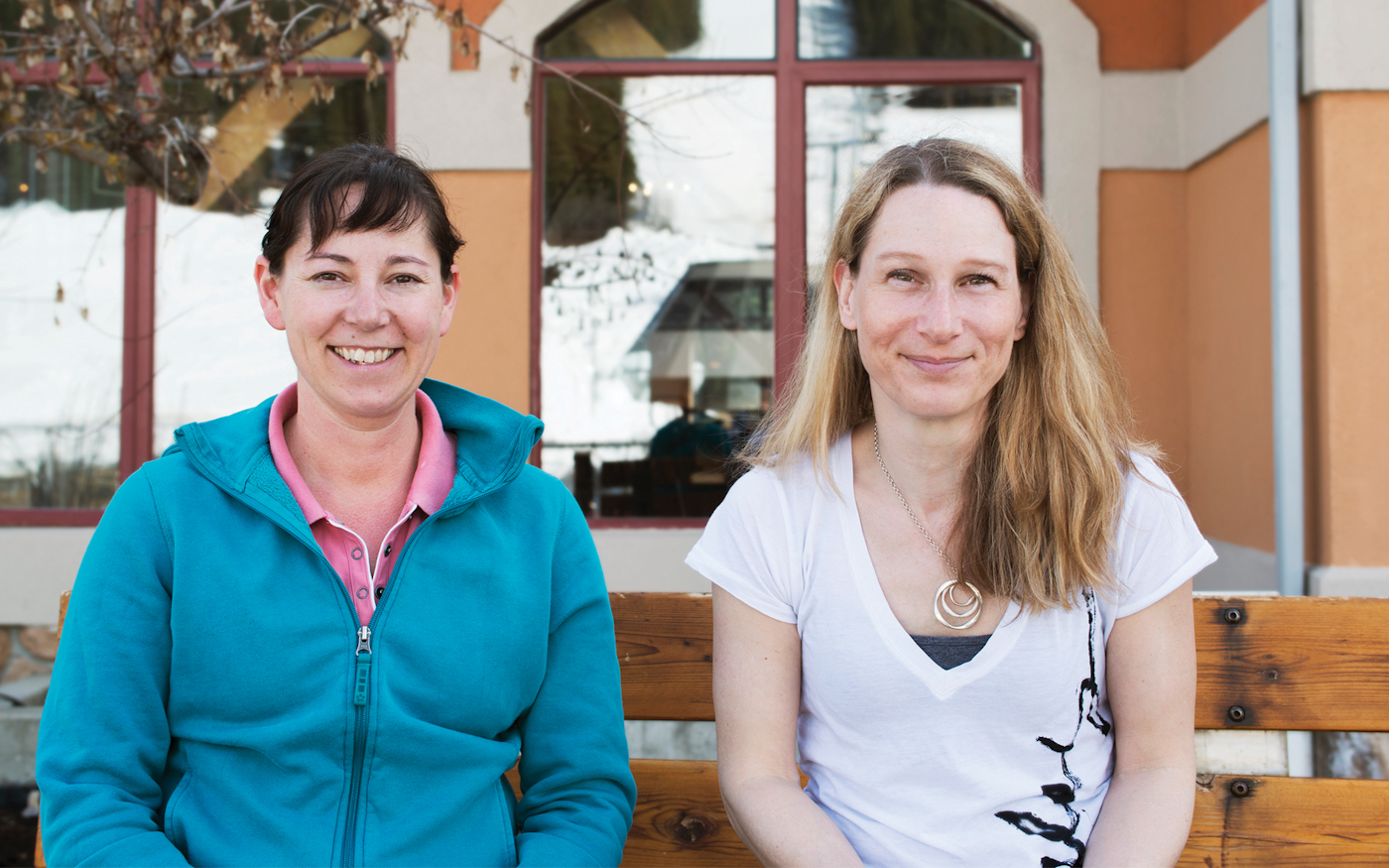
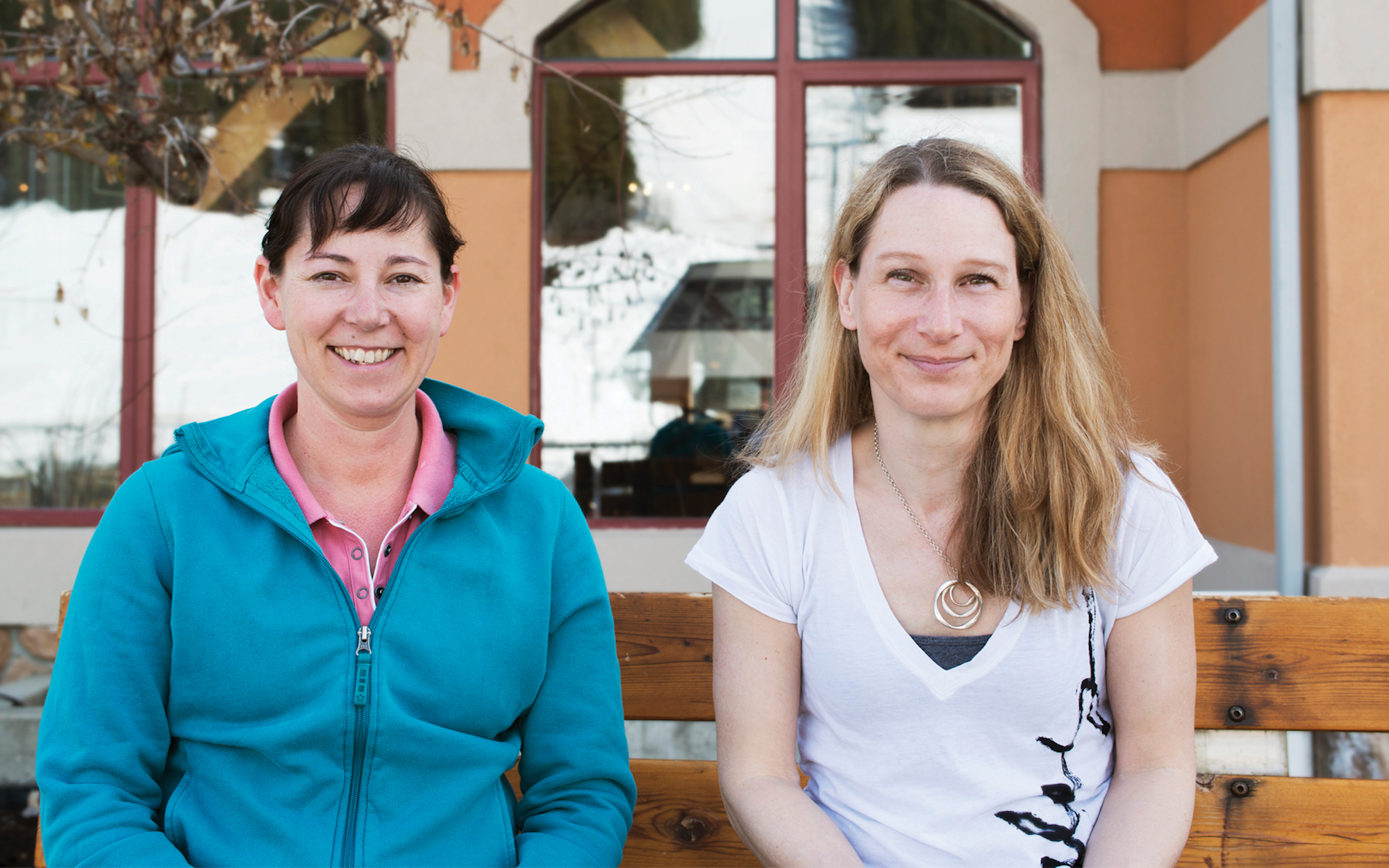
Katja Roberts and Yolanda Dye, “They’re self-described Sun Peaks Elementary moms, affable and like every Canadian I’ve ever met, incredibly nice.”
The Sun Peaks community went into fundraising and organizing hyper drive. They immediately formed the Sun Peaks Education Society (SPES) as the organizing group. Through grassroots fundraising like galas, auctions and even bake sales, the SPES raised nearly $90,000 in four months to secure basic classroom needs like a teacher and books. The resort donated the ski school and ski patrol warming hut at the top of the Village Platter lift for the schoolhouse. Yolanda, who was nine months pregnant and a SPES board member at the time, looked toward her extended family for additional aid. “My mother-in-law retired that year from teaching,” she remembers. “She donated her classroom supplies and was an integral knowledge resource. It was very Anne of Green Gables that first year.”
On the first day of school in September of 2010, one teacher and 17 students from kindergarten to grade four crammed into a one-room warming shack. The school expanded its footprint the following year when SPES bought a portable building in an online auction for $15,000. By 2012, the provincial school district recognized Sun Peaks Elementary and took over its funding. SPES, the Sun Peaks municipality and community continued to chip in and fundraise.
Today, the school consists of 74 students, kindergarten through grade six and occupies four portables, including the original warming hut. They also have online courses for high school students. It’s still at the top of the Platter lift and SPES continues to raise $80,000-plus annually to keep the school going.
“We really didn’t want to move,” says Katja. “Our life was here so we had to figure out how to make it work. The school has allowed us to stay and allowed our kids, our families, to thrive.”
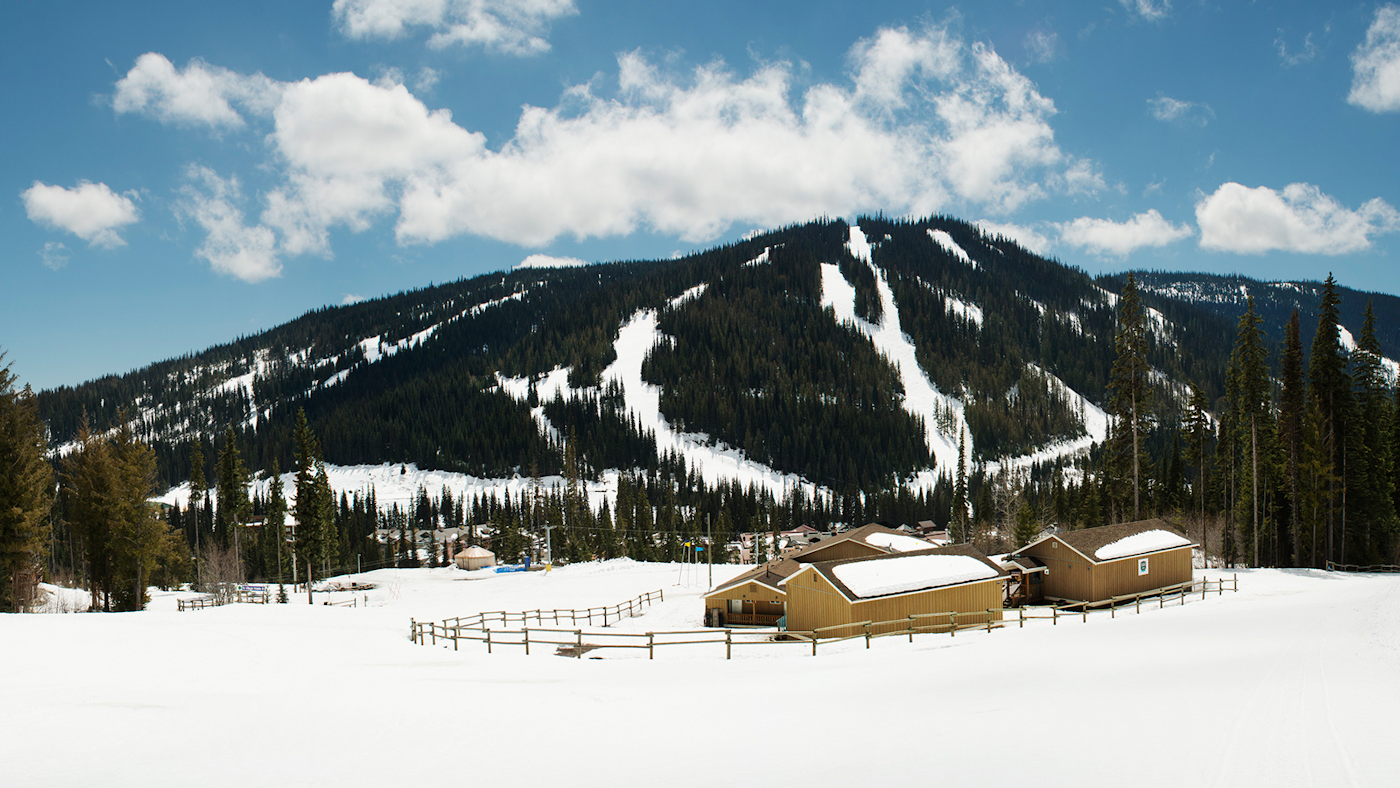
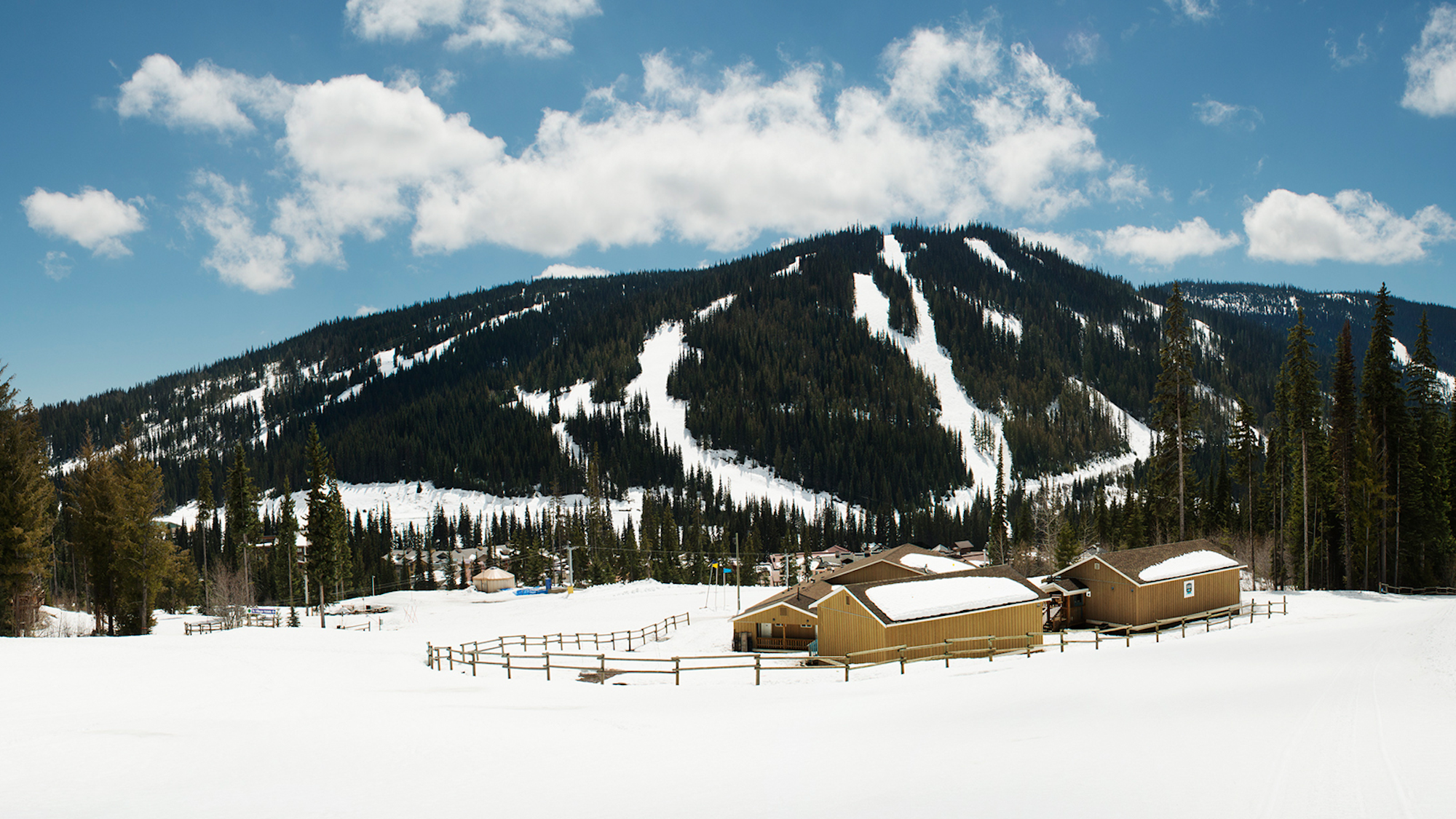
The educational opportunity Sun Peaks Elementary provides for the youth of their small mountain hamlet is not a ski bum novelty. Rather, it’s high-level experiential education. Yes, the children ski all afternoon twice a week during PE and every day during lunch, and have lessons that are taught outside, but they test on par or above provincial standards. More importantly, because the mountains serve as the children’s classroom and playground, they are gaining astounding health, behavioral and cognitive benefits.
Child psychologists have found that kids who spend ample time outside, both in a structured learning environment and during unstructured play, experience improved memory and mental energy, improved attention and concentration (especially with children with ADHD), decreased stress and anxiety, higher cognitive functioning and creativity, and a sweeping improvement to mental health.
Dr. Melissa Ackerman has spent close to twenty years on the subject. “The benefits of being outdoors are tremendous,” she says. “Kids spend a lot more time inside these days, a lot more time on screens, sitting idle. There’s a time and place for that but if that’s all a child is doing then their brain development is going to be very limited. It is really important that they get outside and experience the environment. It activates a different area of the brain, a different area of development. Without that the child will have more limited cognitive functioning.”
According to Dr. Ackerman, spending time outside provides the students of Sun Peaks Elementary with real world life experience and interaction, and helps develop critical thinking skills. Age appropriate and developmentally appropriate independence, to the child’s fullest capacity, builds confidence and strength of character. Self-governed time outside allows a child the ability to develop thinking and social skills, such as common sense, problem solving, cause and effect, risk and reward, self-confidence, self-esteem, self advocacy, maturity, sequencing, organizing, memory and timing. “If you don’t have those skills as a child, you will not do as well as an adult,” says Dr. Ackerman. “Kids build confidence by doing, and doing things for themselves. If you hold them back with too much structure, too much time inside, they will not feel they are capable of anything. It actually halts development.”
I take the Platter Lift to the upper junction of Cowabunga and Sunbeam. I was told to meet outside the school by the flagpole, which sounds reminiscent of schoolyard challenges and a few episodes of Boy Meets World. The teachers are already dividing up the students into groups of three with one adult chaperone. I am put with Bailey, a 7-year-old in grade two, his classmate Dylaina, and Hermoine, a 10-year-old grade four student. For some reason, I thought they’d be bigger or maybe older. I feel a strange sense of regret. I spent the morning skiing pow and getting the local secrets of Gil’s Zone from native rippers Kyle and Bodie. They showed me the honey hole nooks and crannies that only long-time locals know. The snow was cold and deep, and the skiing was yippee-inducing fun. I’ve given up the goods to pick kids up off the corduroy after their pre-pubescent pizza wedges give out. Surely, I’m about to spend the next few hours bemoaning my decision as I wipe snotty noses and look for warming huts and hot chocolate. Babysitting is babysitting. “You idiot,” I think. But my sense of FOMO quickly evaporates.


From left to right, Bailey, Dylania and Hermoine wouldn’t have life any other way.
All three ski-clad kiddos look me in the eye and, with polite confidence, introduce themselves. We descend toward the Sundance Express lift. The lil groms drop their hips, extend their downhill leg and sit into dynamic, smooth, powerful arcs. They rip. We are going to have some fun here, I think.
As we ascend the chairlift toward the top of Sundance Mountain, I ask the musk-ski-teers about the school and growing up in Sun Peaks. Bailey enjoys skiing everyday, but especially on Mondays and Tuesdays during PE. Dylaina says that the classes are super fun and really cool. Plus, they get to ski a lot, which is awesome. And Hermoine loves that they get to do so much outside. She likes learning outdoors. Not surprisingly, she also loves that they ski a lot. The grip of the chairlift rumbles over the sheave train towards the top terminal, prompting the trio to decide amongst themselves where we will ski. Democratically and respectfully, they choose Grannie Green’s first.
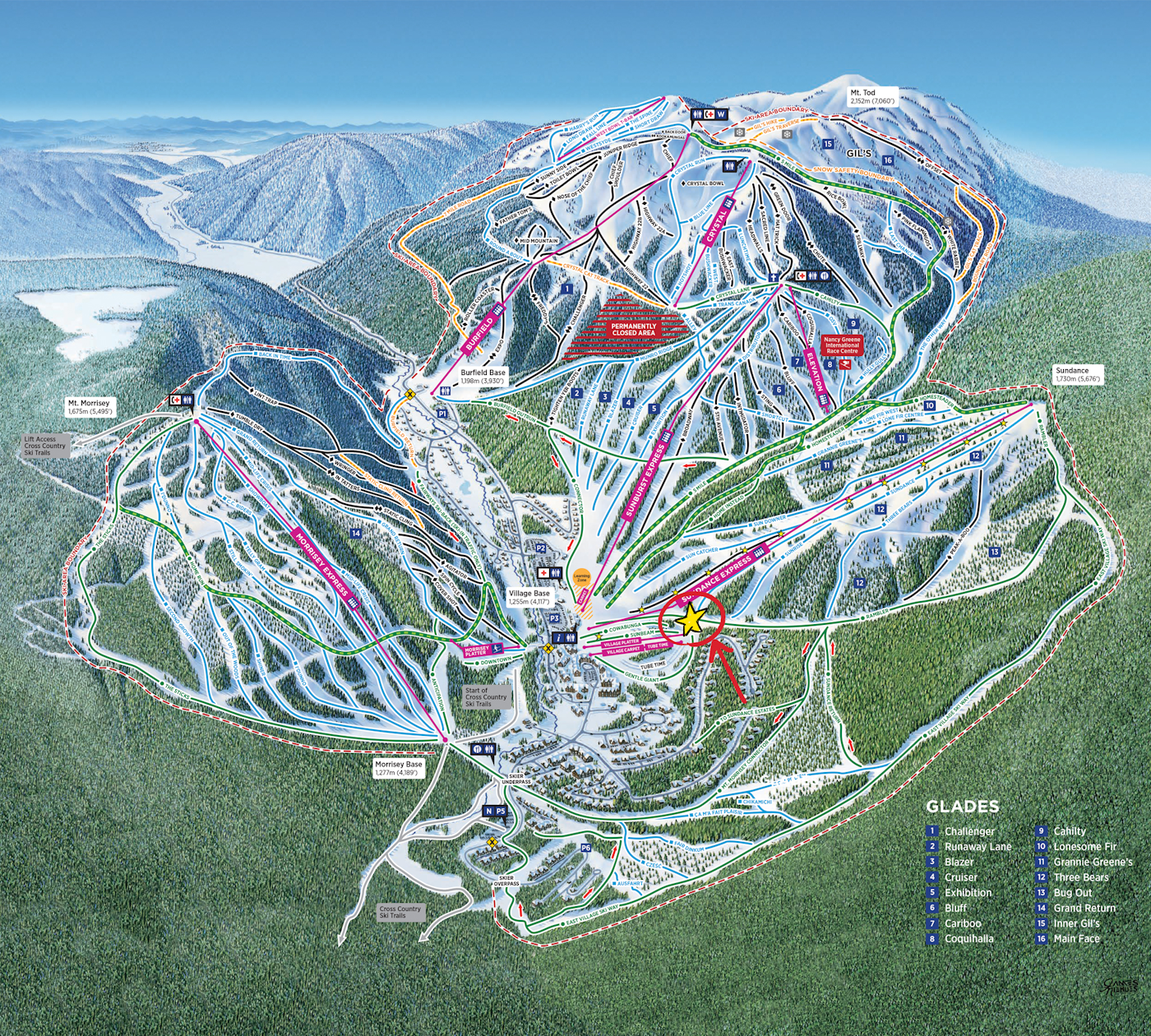
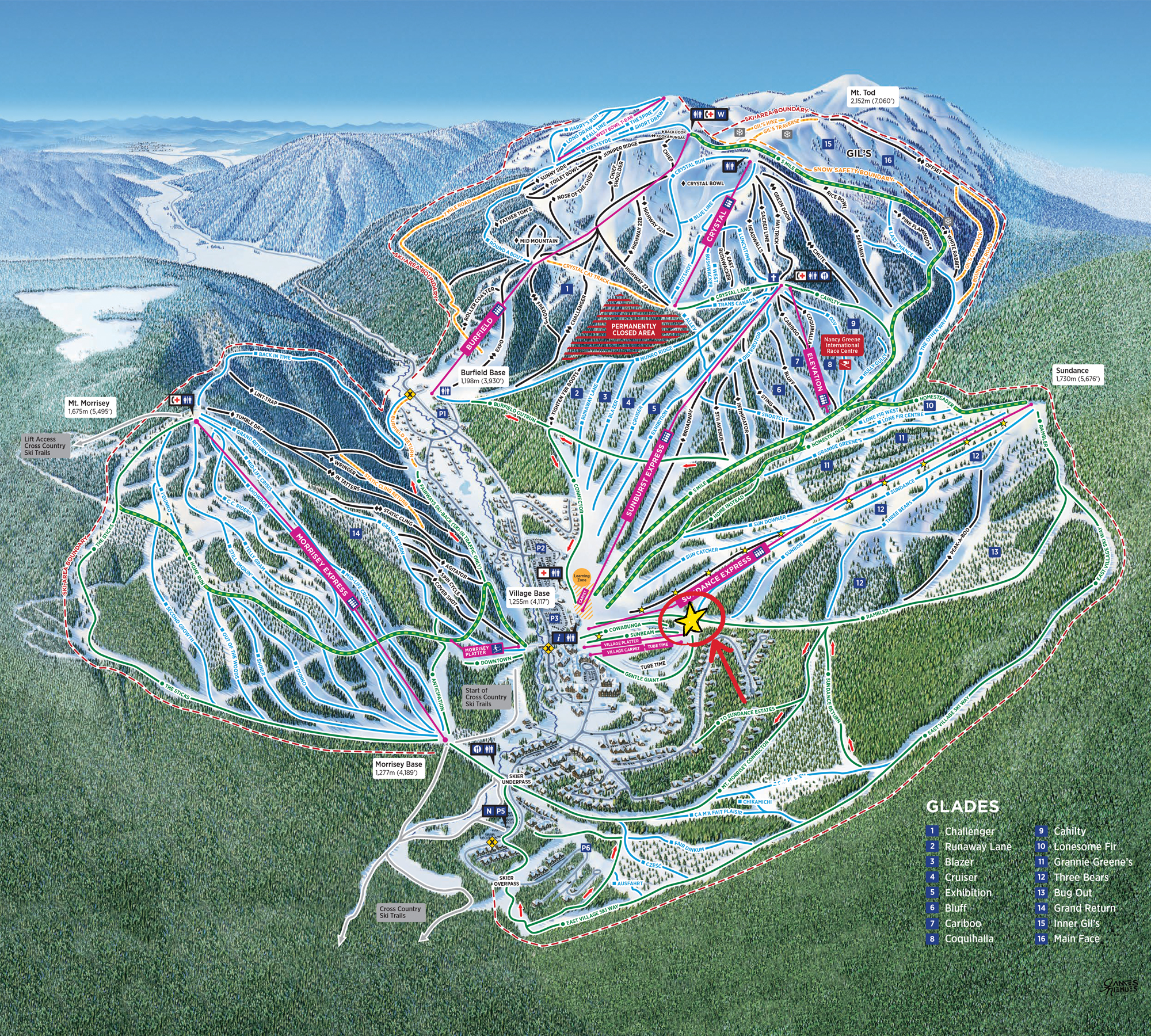
I have never witnessed, nor participated in, so many blue run side-hit aerials in my entire life. Bailey asks me every 50 feet or so to judge his newly acquired spread eagle. Hermoine is a member of the race team and, therefore, the most accomplished and technically sound skier in the group, including myself. It’s always nice to get pointers about driving the tips from a 10-year-old. Dylaina giggles and wiggles the entire time we ski Grannies, and every subsequent run. She might be the happiest child I’ve ever been around.
On our final ski of the afternoon, a bumpy glade named Rambler, I smile as I watch the three miniature rippers flow through the moguls in a smooth-as-silk manner. And I can’t help but think that I am merely getting a glimpse, a small dose of what their parents must feel when they ski with them. Bailey, Dylaina and Hermoine’s cheeks push their goggles up their foreheads when they smile, which is almost constantly. We all laugh our way back to the school, where we high-five and say goodbye. All three tell me they had an awesome time and say thank you. I join Maria Davis at the flagpole, where she is waiting for Leilani to limp out of her classroom.
“It’s happiness. That’s the long term effect of this school, this town,” Maria tells me. “That’s what you see when you ski with them. It’s already happened. Leilani’s just happy. Last year at her old school, I’d pick her up and she’d say, ‘Let’s go.’ Now, she wants to stay and play and ski with her friends.”
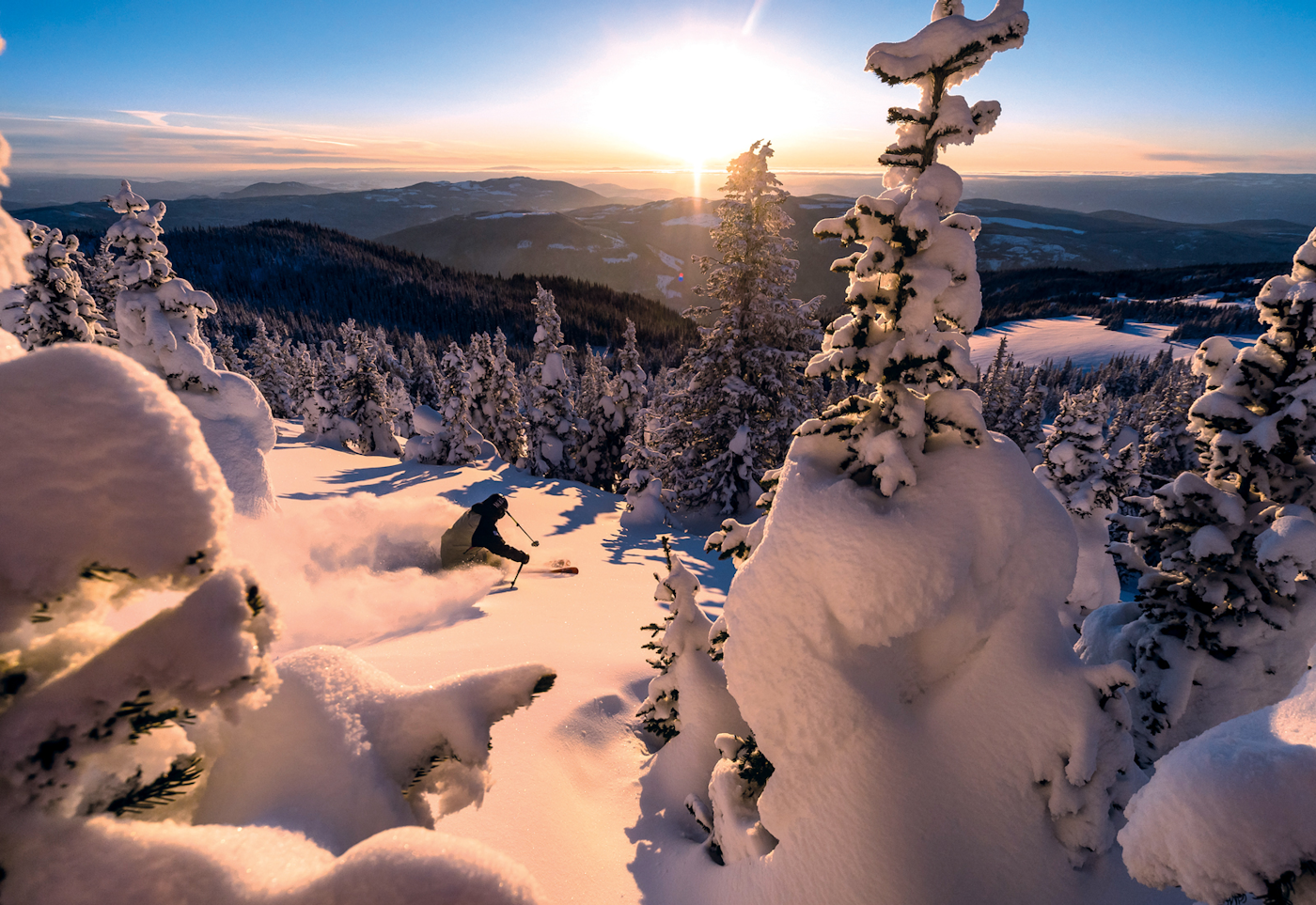
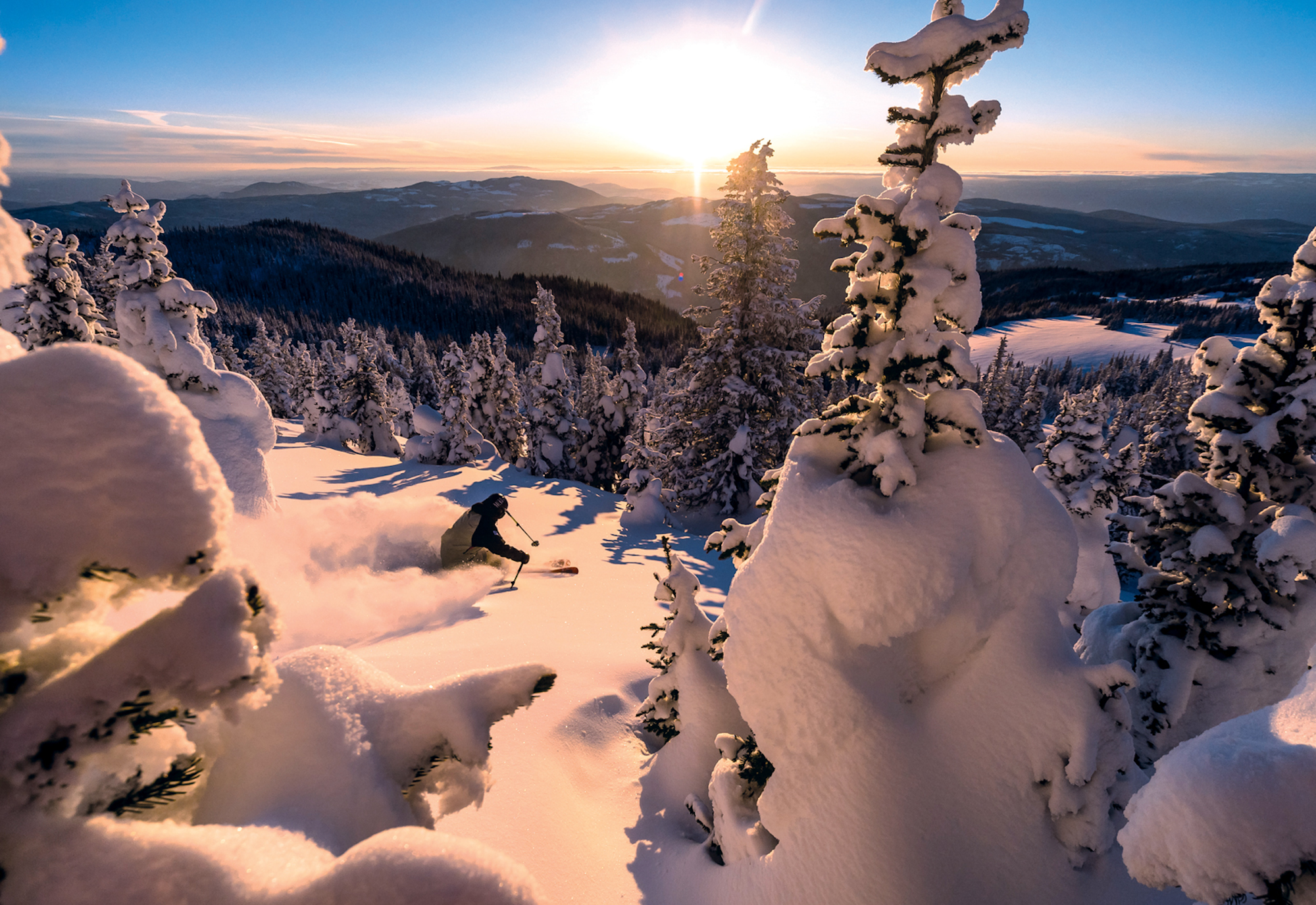
Sun Peaks in all of its early morning glory. Photo by Reuben Krabbe.
Leilani isn’t shy, and she doesn’t sit at the table with a dazed, mesmerized iPhone stare. She doesn’t have an iPhone. She doesn’t have monkey bars or a gymnasium. She doesn’t have parents and teachers telling her not to climb trees or jump in puddles or hike the terrain park. All Leilani has are the endless possibilities of creative outdoor exploration.
Her smile touches behind her ears. “Uh-huuh,” she tells me with a pronounced nod. “We didn’t go outside and play a lot at my old school. But we do here. I like it a lot. It’s a big backyard. We build snow forts and snowmen. But the snow has been too dry, too powdery. But that’s a nice thing for skiing. I love skiing in the powder.”
Me too, Leilani, me too.

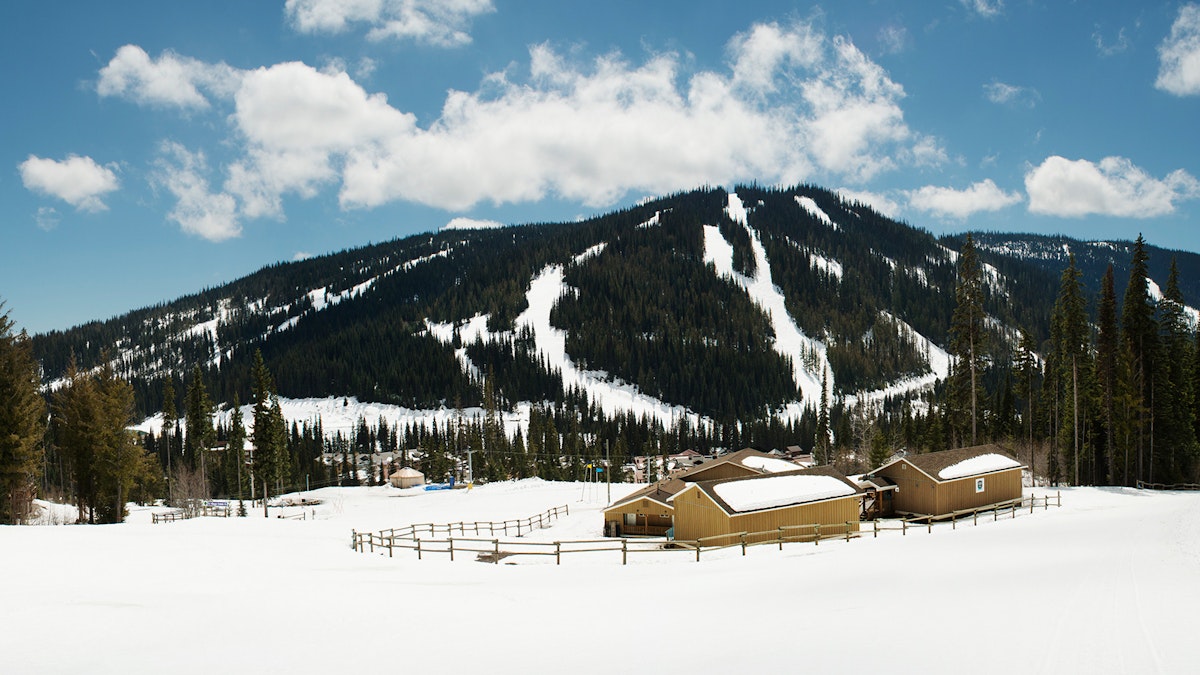
![[GIVEAWAY] Win a Head-to-Toe Ski Setup from IFSA](https://www.datocms-assets.com/163516/1765920344-ifsa.jpg?w=200&h=200&fit=crop)
![[GIVEAWAY] Win a Legendary Ski Trip with Icelantic's Road to the Rocks](https://www.datocms-assets.com/163516/1765233064-r2r26_freeskier_leaderboard1.jpg?w=200&h=200&fit=crop)

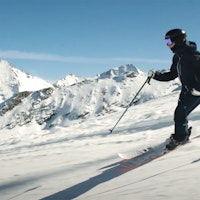
![[GIVEAWAY] Win a Legendary Ski Trip with Icelantic's Road to the Rocks](https://www.datocms-assets.com/163516/1765233064-r2r26_freeskier_leaderboard1.jpg?auto=format&w=400&h=300&fit=crop&crop=faces,entropy)




![[GIVEAWAY] Win a Head-to-Toe Ski Setup from IFSA](https://www.datocms-assets.com/163516/1765920344-ifsa.jpg?auto=format&w=400&h=300&fit=crop&crop=faces,entropy)


